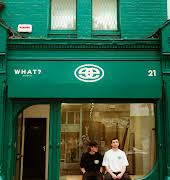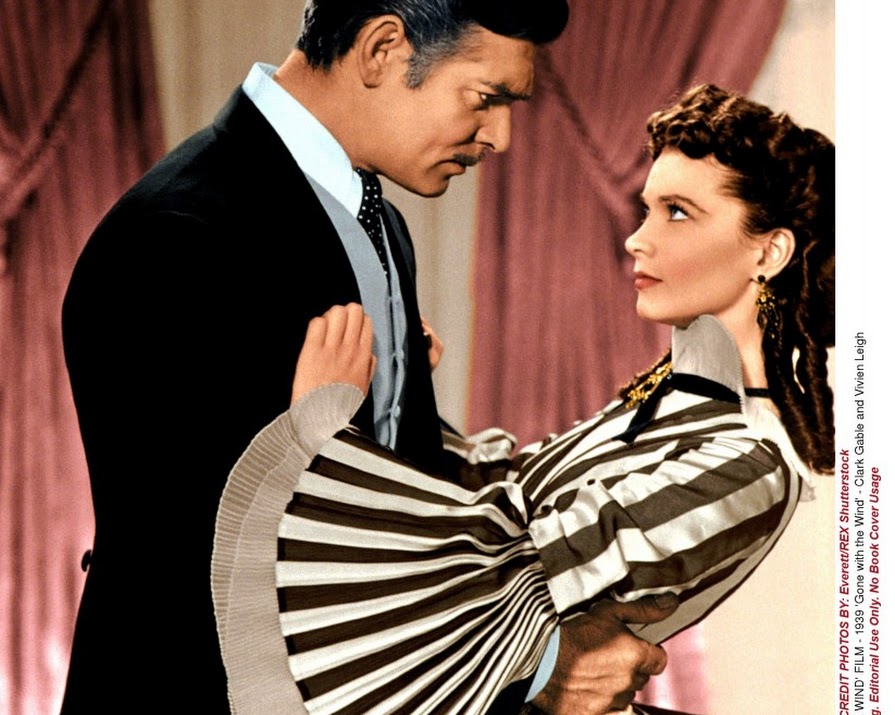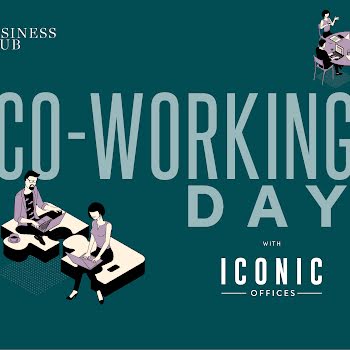
By IMAGE
23rd Sep 2015
23rd Sep 2015
Few of us may identify with the aristocratic Emma Woodhouse, but Kate Beaufoy says there’s a wealth of resourceful female role models to be found in classic literature.
The internet is awash with quizzes about famous literary heroines, and the same names come up repeatedly. Again and again, we are told how irresistible our leading ladies are. Tess d?Urberville is ravishing; Daisy Buchanan, thrilling. Zuleika Dobson is so beautiful that men kill themselves for her. Even our beloved Lizzie Bennet is ?uncommonly pretty?. As for Miss Emma Woodhouse (who will celebrate her 200th birthday in December), she is handsome, clever and rich!
Perhaps this is why so many of us identify more with those heroines who are pointedly described by their creators as not being physically beautiful. One of the bestselling novels of ?all time – Gone with the Wind – begins with the words: ?Scarlett O?Hara was not beautiful, but men seldom realised it.?
Scarlett’s most striking feature is her green eyes – a killer attribute she has in common with three other leading ladies who regularly top the fiction charts: Holly Golightly, Jane Eyre and Becky Sharp. This cabal of green-eyed heroines is frequently obliged to keep their gaze downcast as a way of veiling an intelligence that would otherwise blaze forth.
Scarlett uses glances as a ninja uses blades – to devastating effect. When Miss Golightly removes her dark prescription lenses, her eyes have ?an assessing’squint, like a jeweller’s?. Jane Eyre’s level look reduces the flinty Mr Rochester to rubble (almost literally), while Becky has the speculative regard of a professional gambler.
It’s ironic that some of the most exquisite film stars of Hollywood’s heyday have featured in the film adaptations of these novels – most notably Audrey Hepburn as Holly and Vivien Leigh as Scarlett. More recently, Mia Wasikowska played a not-so-very plain Jane, while Reese Witherspoon glammed it up as Becky. When we go back to the books, it comes of something of a relief to be reminded that these gals were grafters, in a way that none of Austen’s heroines were. Jane, Becky and Holly begin life as penniless orphans; Scarlett is not out of her teens when she loses her parents and her home. They all endure cold, hunger, and dire poverty; three of them have experienced childhood abuse. They know that if they are to survive, what limited weaponry they have access to must be of the highest calibre.
The self-worth of these women is not defined by their relationships with men: each of them is fiercely independent. They are prototype feminists in a way that even Austen’s heroines are not.
Jane’s strength is her faith, Scarlett’s her determination. Becky’s is her ambition, Holly’s her adaptability. These traits more than compensate for their lack of conventional beauty. Their singularity even manifests itself in the way they dress: for her first encounter with Rochester, Jane’s only adornment is a single pearl. Scarlett’s most famous gown is fashioned from curtains; Becky’s wardrobe is comprised of cast-offs, while Holly’s signature ?look? is randomly thrown together from items scooped off her bedroom floor.
The self-worth of these women is not defined by their relationships with men: each of them is fiercely independent. They are prototype feminists in a way that even Austen’s heroines are not. Jane Eyre rejects two lucrative proposals of marriage, because to accept would be to compromise her integrity. Becky uses a succession of beaux as stepping stones towards self-advancement, as does Scarlett, while Holly floats between men, ?light as a scarf?.
Of the four, only one ends her story with a wedding, and when Jane finally marries Mr Rochester, it is on her terms and as his equal. The stress in that famous sentence rests firmly?on the pronouns: ?Reader, I married him.? The remaining trio stands poised to embark upon a new phase of their lives, redeploying and refining their weaponry to confront more challenging circumstances. This strikes a chord that chimes with modern women for whom marriage to a man is neither the ultimate, nor necessarily the most desirable goal in life. As Golightly put it more than 50 years ago, ?I’d settle for Garbo any day.?
And that is what we love about the books, because that quartet of adventuresses is enduring in their modernity. Nowadays, we look back on the era of chick lit – at Bridget Jones, Carrie Bradshaw, Becky Bloomwood et al – with a kind of bemused discomfiture. In today’s uncertain climate, survival is once again the name of the game, and our contemporary heroines reflect that more than ever: they are gutsy, smart, independent and unorthodox. Katniss Everdeen, Lisbeth Salander, and Daenerys Targaryen are ambassadors for a new generation of women who are not only intellectually confident – they are defiant. Like their older sisters – Jane, Becky, Scarlett and Holly – they could skewer Christian Grey with one lethal, penetrating look.
I attended a launch recently for a new range of Clarins cosmetics. The make-up artist expertly demonstrated looks for evening and day wear. As she shaded the model’s eyes with velvety hues of violet and Vandyke brown, her final piece of advice was to put less emphasis on the lips. If emulating a literary heroine, it’s clearly advice worth heeding … The eyes have it.
This article was originally published in the September issue of IMAGE Magazine.
























